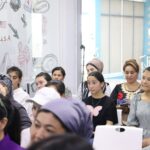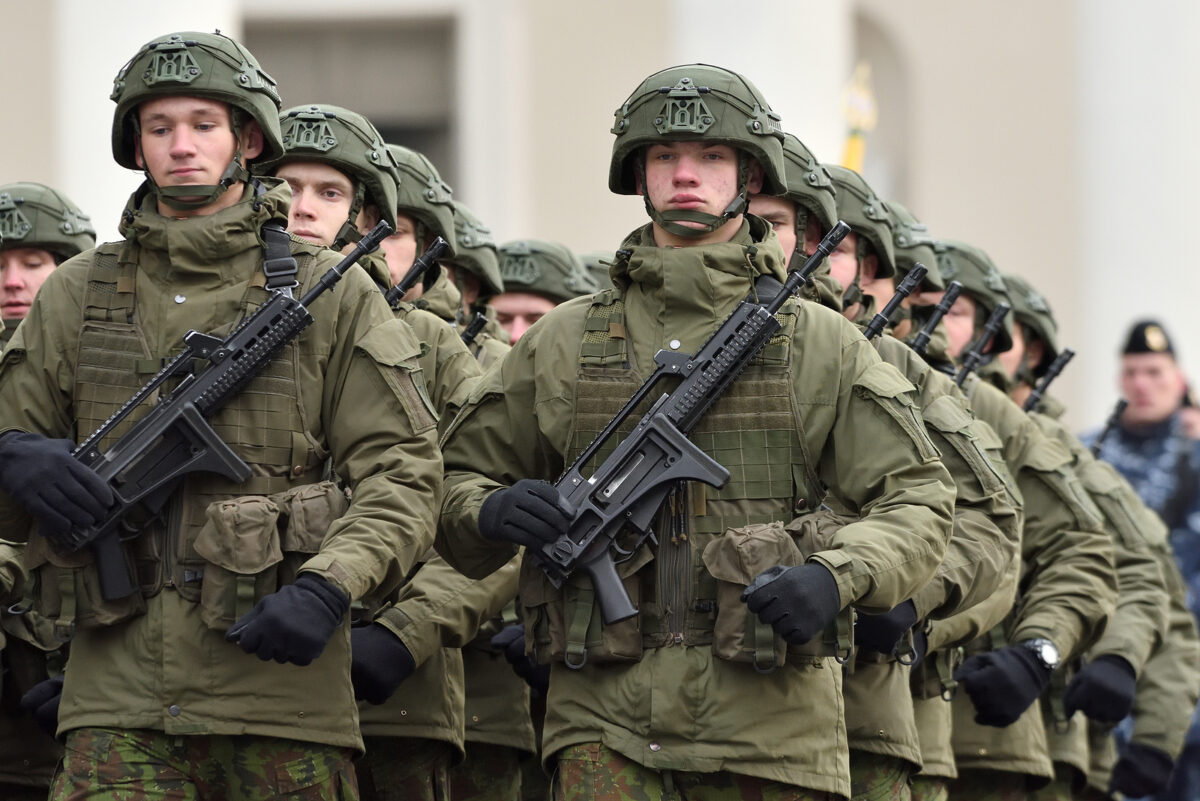German military giant Rheinmetall is officially on its way to Lithuania. The country’s minister of economy and innovation, Aušrinė Armonaitė, announced on June 3 that he has signed an agreement delineating Rheinmetall’s investment of 180 million euros in an ammunition plant, a project that has been granted the status of state importance.
“Rheinmetall establishing operations in Lithuania is a significant step towards meeting our country’s immediate defence and security needs,” says Armonaitė. “It will help us to ensure uninterrupted access to essential weapons and ammunition, as the products that European defence needs will be produced on Lithuanian soil.”
Armonaitė added that the investment in the new plant is expected to create at least 150 new jobs.
The site of the project should be announced in the upcoming weeks. The plant is expected to produce tens of thousands of rounds of ammunition per year.
“We are grateful to have been selected by Lithuania as a partner of the defence industry. We are pleased to be able to make a contribution to national sovereignty in the field of ammunition,” says Maximilian Froch, Head of Strategic Programme Organisation International at Rheinmetall.
Legal framework for defence investment
To ensure Lithuania’s security, the Ministry of the Economy and Innovation has also initiated legal amendments that facilitate the development of large-scale projects. Potential investors, including Rheinmetall, will be able to benefit from these new provisions.
The amendments simplify territorial planning, land procurement, and construction procedures. This will enable manufacturers in the defence industry to launch operations in Lithuania in the shortest possible time.
These amendments were drafted in cooperation with the Ministry of Defence, the Ministry of the Environment, and the Office of the Government.
The ‘Green Corridor’ initiative for large-scale investment projects, developed by the Ministry of the Economy and Innovation and launched in 2021, makes it easier and quicker for investors to set up operations in Lithuania, granting their project a status of state importance and a zero per cent corporate tax rate for a period up to 20 years.
The Ministry of the Economy and Innovation has already signed contracts for 14 large-scale investment projects, which will create nearly 4,000 jobs and attract more than 1.25 billion euros in investment.
“In Lithuania, Rheinmetall joins a rapidly developing defence sector filled with innovative companies,” says General Manager of Invest Lithuania Elijus Čivilis.
“We are confident that Rheinmetall’s expertise and commitment to excellence will significantly contribute to the growth and success of this sector, becoming a harbinger of other large-scale investments in defence manufacturing.”
Ukraine support
Currently, Lithuania is among the top supporters of Ukraine globally in terms of the share of GDP, with bilateral aid to Ukraine equalling 1.5 per cent of GDP. Additionally, Lithuania’s share in EU support to Ukraine amounts to another 0.5 per cent country‘s GDP.
Lithuania’s commitment to Ukraine for 2024-2026 foresees at least 200 million euros worth of military assistance to Ukraine.
In addition to regularly transferring military hardware and equipment, Lithuania also actively trains Ukrainian soldiers, takes in injured service members for medical care, arranges expert consultations, and contributes financially to international funds supporting Ukraine. In total, military aid accounts for half of the one billion euros assistance Lithuania has provided to Ukraine so far.







